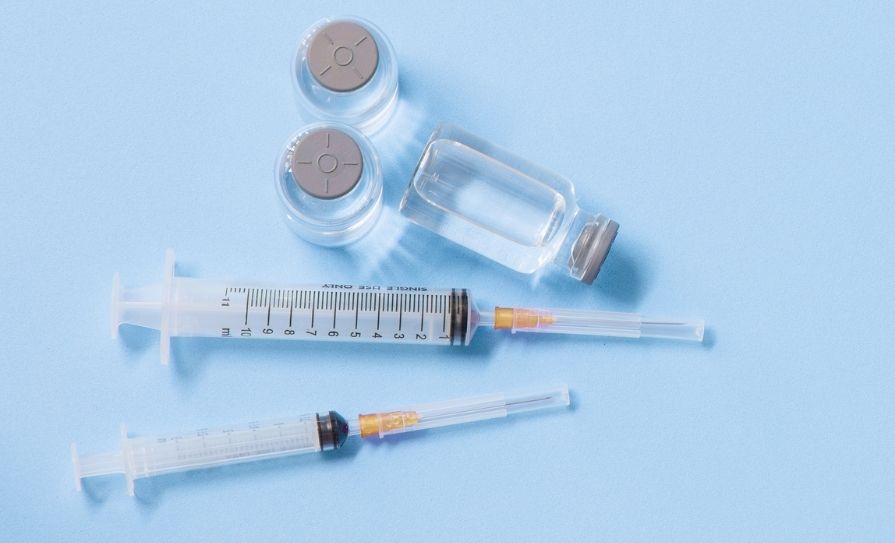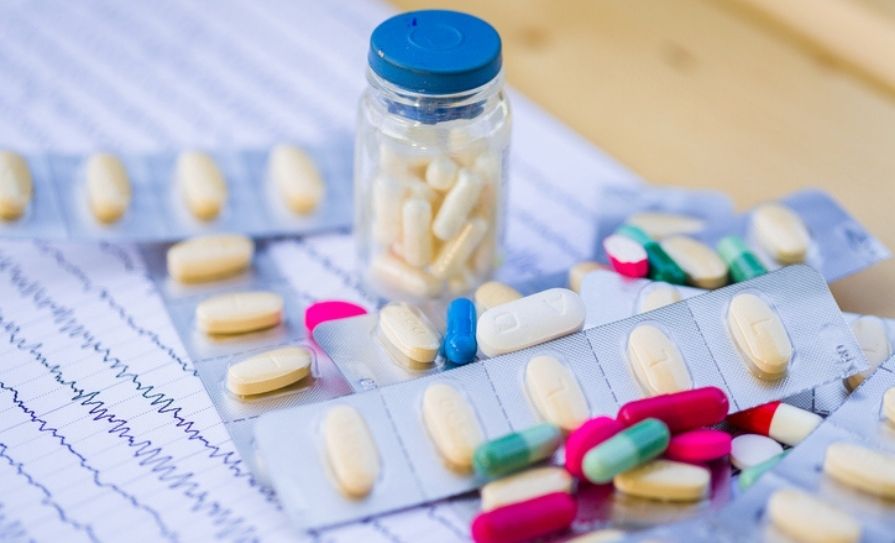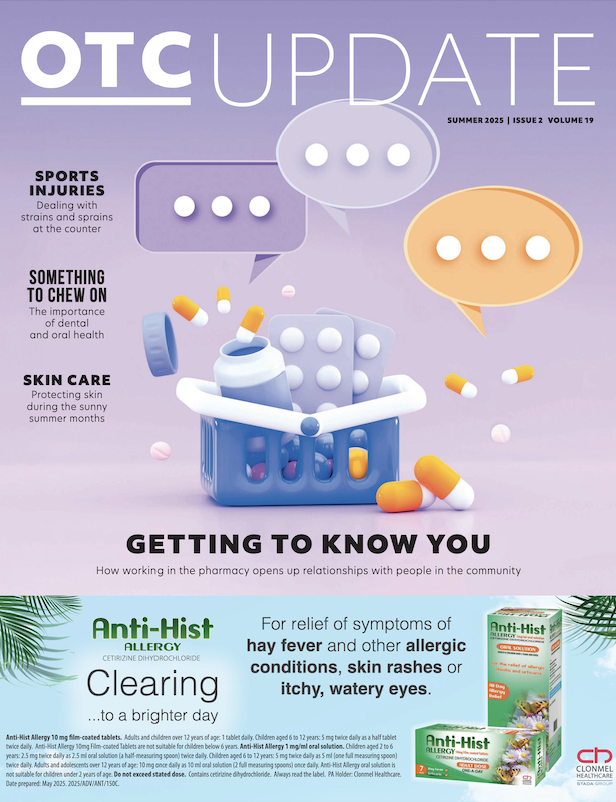The latest Health Research Board (HRB) figures show 13,295 cases were treated for problem drug use in 2024. This is the highest annual number recorded to date and an increase of 191 cases compared to 2023.
According to Drug treatment demand in Ireland 2024, cocaine remains Ireland’s most common drug treated (excluding alcohol), accounting for 40 per cent (5,289 cases) of all drug treatment cases in 2024, a 7 per cent increase on 4,923 cases in 2023.
Cocaine is also the main problem drug for almost half of cases who are new to treatment. However, in 2024, cocaine also accounted for one-in- three previously treated cases, the highest number recorded to date and an indication of the changing profile of users and how prevalent cocaine use has become in society.
Opioids (mainly heroin) were the second-most common drug people sought treatment for, although the number seeking treatment for opioids has fallen for the second consecutive year. The third-most common drug among treated cases was cannabis.
Commenting on the findings, HRB Chief Executive, Dr Mairéad O’Driscoll, said: “The increase in people receiving treatment reflects an expansion of services for problem cocaine use in recent years. This highlights the value of the HRB collecting data and monitoring trends, because it helps service planners to pinpoint and address treatment issues that require attention.”
Since 2017, there has been a 250 per cent increase in cases receiving treatment for cocaine as their main problem drug. There has been a 300 per cent increase in people returning for cocaine treatment as their main problem drug, from 692 cases in 2017, to 2,764 cases in 2024. The number of females seeking treatment for cocaine has risen 426 per cent, an increase from 284 cases in 2017, to 1,494 cases in 2024.
Dr Suzi Lyons, Senior Researcher at the HRB, said: “Looking at cocaine treatment over time reveals some important trends that can inform drug treatment provision. For example, the rise in previously treated cases indicates sustained use of cocaine and may also explain an increase in the age group seeking treatment for cocaine from 20-39 years in 2023, to 20-44 years in 2024.
“Identifying trends like this allows service planners to better understand demand and ultimately put targeted measures in place to reduce the harmful effects of drug use for people who are caught in addiction, their families, and society.”
The report shows that the profile of people seeking treatment was different among powder and crack cocaine users. Where powder cocaine was the main problem drug, one-in-five cases were female, 39 per cent were employed, and the median age entering treatment was 32 years of age. Where crack cocaine was the main problem drug, almost half were female, 7 per cent were employed, and the median age entering treatment was 40.
In 2024, cannabis was the main problem drug for cases aged 19 years or under; cocaine was the main problem drug for cases aged 20-to-44 years; and opioids were the main problem drugs for cases aged 45 years or over. This highlights an ageing cohort of opioid users continuing to require treatment.
Polydrug use was reported in three-in- five treatment cases (60 per cent) in 2024. Cannabis (40 per cent) was the most common additional drug, followed by cocaine (37 per cent), alcohol (36 per cent), and benzodiazepines (30 per cent).
The most common drugs used together were cocaine plus alcohol, followed by cocaine plus cannabis, followed by opioids plus cocaine.







